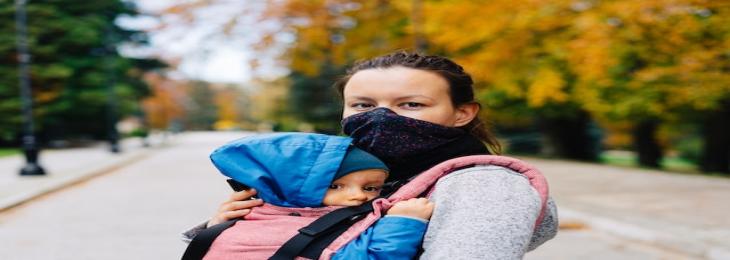RSV And A Number Of Other Respiratory Viruses Saw A Similar Effect
Nov, 2022 - By SMI

Share
We essentially pushed them away and now that those behavioural controls have loosened up—this appears to be the most typical an autumn as we've seen since 2019—those infections have seized any chance to resurface.
They are essentially imposing themselves on a population, particularly children, who did not have the chance to be exposed to these viruses during the epidemic and develop the immunity that may have lessened the severity of their initial infections.
The prevalent theory at the moment—which is still just a hypothesis—is that the children who were born immediately before and during the pandemic are among the most vulnerable, particularly with RSV, which is a very relevant example to utilise here.
First RSV infections are frequently extremely difficult, especially for newborns. Because of the size of their airways and the lack of strong chest muscles, they are unable to cough up large amounts of mucus that might be obstructing the tiny tubes that make up their airways. However, as they are exposed more often, their immune systems become more adept in warding off the virus.
Many hospitals are witnessing the expected first exposures in infants, but they are also witnessing first exposures in toddlers who are experiencing them later. Since toddlers were able to get their first infections when they were 1 or 1 12 years old, it is normal to anticipate them to be able to heal primarily at home. However, it seems like we are constantly playing catch-up with these viruses right now.
The need for paediatric care is not just currently rising. It also comes at a really bad moment since there are a few factors that have caused paediatric care capacity in this country to somewhat decline.
Share
Stratagem Market Insights
533 Airport Boulevard, Suite 400, Burlingame, CA 94010, United States
Delivery Center
403, 4th Floor, Bremen Business Center
Aundh, Pune, Maharashtra 411007
India
